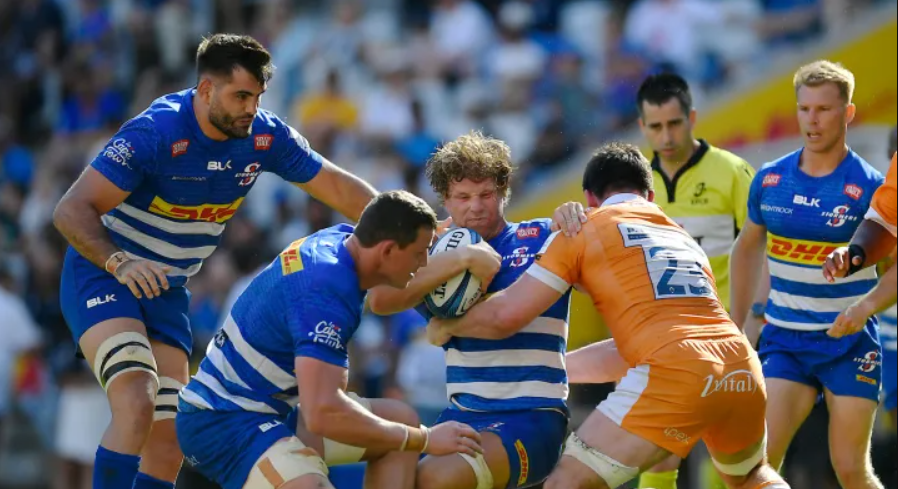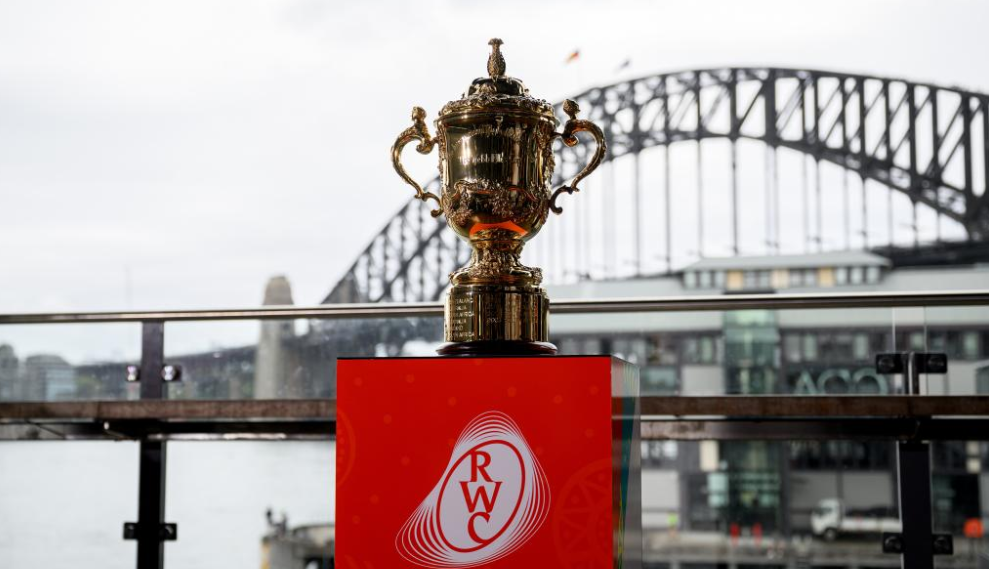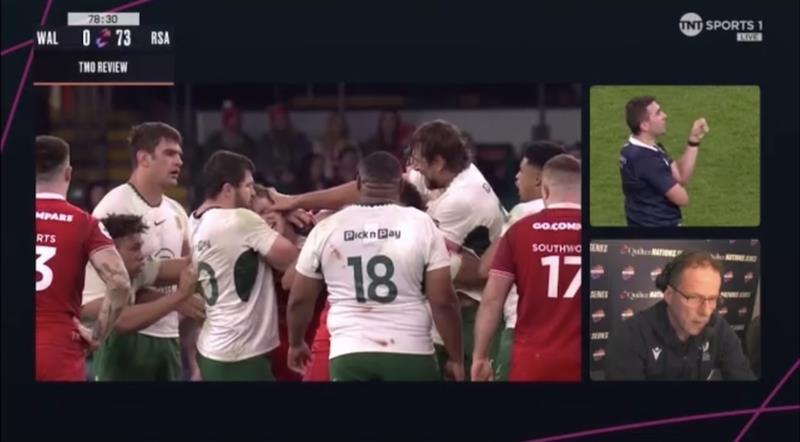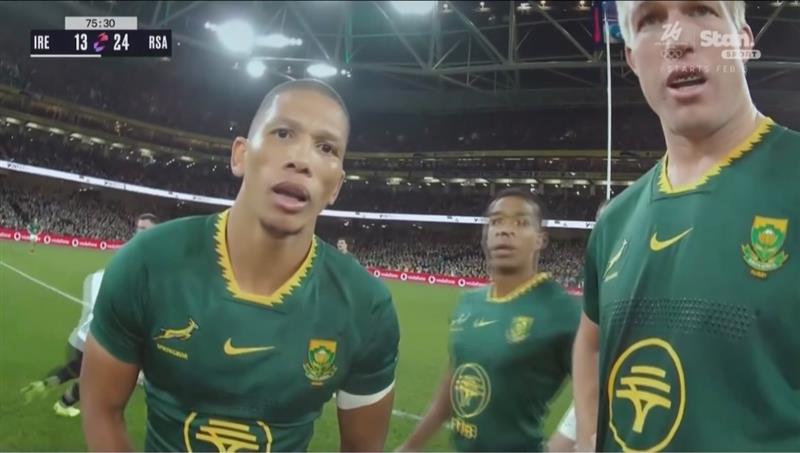South African rugby is in an enviable position when it comes to world-class talent. Players like RG Snyman, Handré Pollard, Cheslin Kolbe, and Malcolm Marx are among the best the sport has ever seen, dominating at both club and international levels. Yet, despite this wealth of talent, South Africa’s representatives in European competitions—the Investec Champions Cup and the EPCR Challenge Cup—have faced significant challenges, especially in recent seasons.

The struggles of teams like the DHL Stormers, Hollywoodbets Sharks, Vodacom Bulls, and Emirates Lions in these prestigious tournaments can be traced back to a key factor: a lack of depth. While the top players in the country may be stars on the global stage, the teams they leave behind in South Africa are often left to struggle in the face of fierce European competition.
The Rise of South African Teams in Europe
The entry of South African teams into the United Rugby Championship (URC) and, subsequently, the European competitions, marked a new era of rugby in both hemispheres. The Stormers, Sharks, Bulls, and Lions had traditionally been dominant in domestic South African rugby, but the switch to playing in Europe presented an entirely different challenge. European clubs are notorious for their financial power, established infrastructures, and ability to lure top talent from around the globe. This meant that the South African teams not only had to contend with elite European sides but also had to compete for depth in their squads.
The Problem of Player Exodus
One of the most significant issues for South African teams is the loss of talent to European clubs. Players like RG Snyman, Handré Pollard, Cheslin Kolbe, and Malcolm Marx, all of whom have played pivotal roles for the Springboks, have moved to European clubs where the financial packages and competition levels are incredibly attractive. For instance, Pollard’s move to Leicester Tigers, Kolbe’s switch to Tokyo Sungoliath, and Marx’s departure to Kubota Spears leave massive gaps in the teams they once represented. These players are not just key to their clubs’ success; they are the backbone of the Springboks’ Rugby World Cup-winning campaigns, players who bring leadership, experience, and unmatched skill to the pitch.

The sudden departure of such high-calibre players is a major blow to the South African teams still competing in Europe. The Stormers, for example, lost players like Cheslin Kolbe and Damian de Allende to international moves several years ago, leaving them without the world-class finishers and midfielders they once relied upon – in Super Rugby – to dominate the URC and Champions Cup. Without these stars, the teams left behind are forced to rely on their depth—something that is noticeably lacking compared to their European counterparts.
Depth versus Star Power
The depth of a team is critical in the modern professional rugby landscape. In European competitions, where teams face the best of the best week in and week out, depth becomes just as important as individual star power. While teams like the Stormers, Sharks, Bulls, and Lions are still stacked with some top-tier talent, the absence of key players, compounded by the difficulty of replacing them, has left these teams vulnerable. South Africa’s international stars are rarely available for the entirety of the season, due to the demands of Test rugby and injuries. This means that in the crucial periods of European competitions, when teams are fighting for qualification or survival, South African teams often lack the necessary squad rotation or backup to compete effectively over the long haul.
This was evident when the Sharks, despite having some notable international talent, struggled to overcome teams with deeper rosters like La Rochelle and Toulouse in the Champions Cup. Similarly, the Lions, who have traditionally been the underdogs in European rugby, have found it difficult to match the intensity and tactical sophistication of teams like Racing 92, especially when their bench strength is lacking.
Financial Constraints and Squad Building
European clubs benefit from significantly higher revenues, driven by commercial partnerships, broadcasting rights, and deep pockets from investors. This allows them to build squads brimming with talent across the board. On the other hand, South African franchises are often hampered by financial limitations, which restrict their ability to recruit and retain players. As a result, these teams are forced to rely on homegrown talent, which, while promising, does not yet possess the depth or consistency of their European counterparts.
Take the example of the Bulls, who were once seen as one of the powerhouses of Southern Hemisphere rugby. With players like Duane Vermeulen and Marvin Orie still in their ranks, the Bulls boasted solid players at key positions. However, in the cutthroat environment of the Champions Cup, they’ve been outclassed by European sides who can call upon their depth to weather the inevitable injuries and fatigue that come with a long, gruelling season. Without the luxury of being able to rotate effectively or bring in world-class backups, South African teams are left exposed. Conclusion The challenges facing South African teams in the Investec Champions Cup and EPCR Challenge Cup are not indicative of a lack of talent but rather a lack of depth.
The top players are often lost to European clubs, and the teams in South Africa simply cannot replace them quickly enough. While the likes of the Stormers, Sharks, Bulls, and Lions have some of the world’s best players, their success on the international stage hinges on building sustainable, deep squads capable of competing with the immense resources of their European rivals. Until South African teams can overcome these financial and squad depth challenges, their struggles in Europe are likely to persist.




